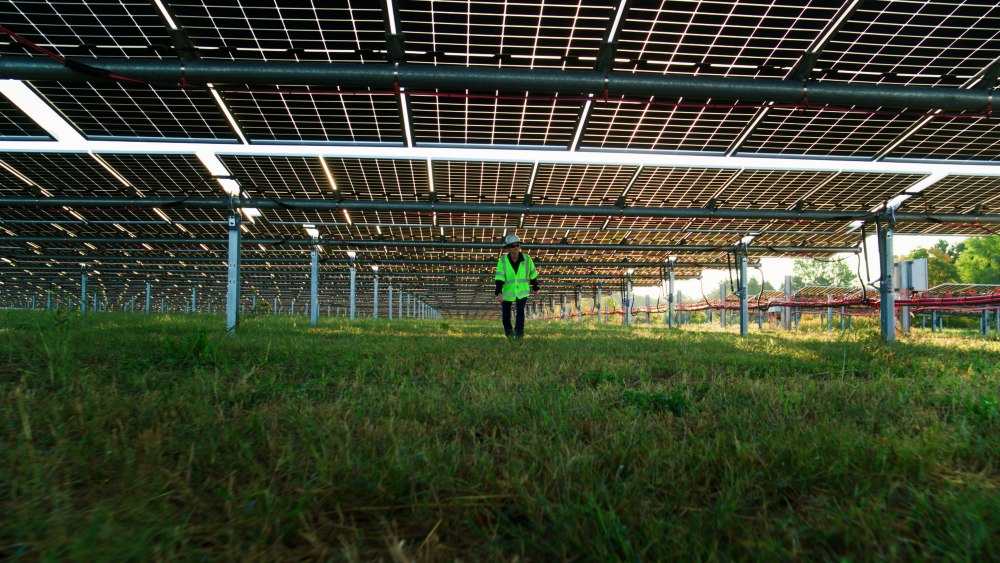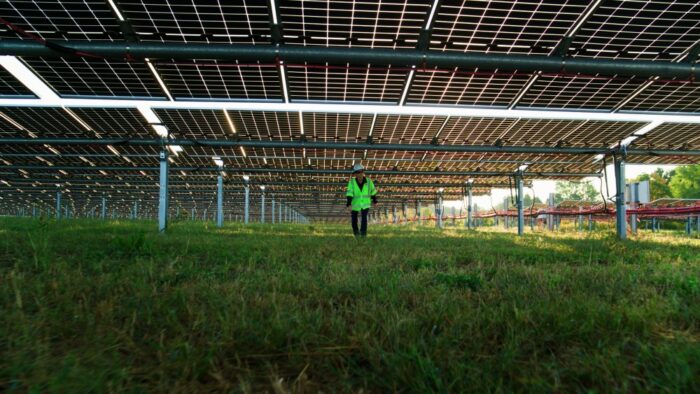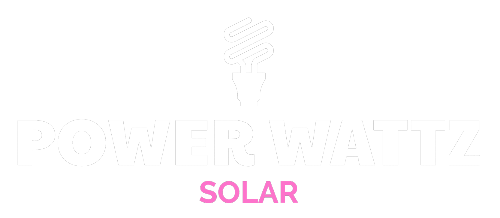
April 29, 2025


By Vincent Fultz | Radian Generation
As the renewable energy industry accelerates — with solar and battery storage expected to make up 81% of new U.S. electric-generating capacity in 2024 — organizations are refining how they manage vast portfolios. For example, Sol Systems manages its 7 GW portfolio of clean energy projects across North America, with precision and efficiency using advanced asset management. This approach enables a quick response to operational changes, optimizes performance, and provides tailored solutions for a diverse range of clients, from commercial operations to landowners, with ease. This focus on integrated project oversight is essential to meet rising demands in the evolving clean energy landscape.
Visibility into every project’s financial and operational impact
Whether it is building a new solar project, financing, procurement, or managing clean energy projects, there are many different moving parts generating an enormous amount of data that requires refined organization. Transparency, accountability, and accessibility of data to stakeholders is the only way these large diverse portfolio companies can run so many projects in tandem with precision and efficiency in every task right down to the dollar cost of each kilowatt-hour (kWh).
Harvesting data is a complex task
“As you start building a renewable portfolio, you add more projects, have unique investors, and everyone has their custom requirements. Centralizing all information into a single source of truth is critical to maintaining data integrity and quality,” said Adam Polis, performance engineering manager at Sol Systems.
A request, such as a client signing a PPA for 40 years, comes with several tasks over that period — for example, the decommissioning plan that needs to occur six months prior to the termination date. “You also must consider the fact that roles frequently change within and across organizations, with people transitioning to new roles or companies. This makes it crucial to have a central, accessible database to set alerts, and track and manage tasks across the different departments involved in each project,” said Polis.
There is also the challenge of handling equipment data. For example, solar panels and monitoring equipment from different vendors often produce data in varied formats and structures. Standardizing this heterogeneous data for consistent storage, processing, and analysis is a significant challenge.
“For us, Radian Digital is incredibly nimble and flexible. We leverage various API integrations to aggregate data from all our different projects into a unified platform. This allows us to monitor all assets and quickly identify when something goes wrong,” said Polis.
Know every dollar / kWh earned or lost
2023 was a historic year for costly disasters due to extreme weather, with 28 weather and climate events across the U.S., causing losses exceeding $1 billion each. While these large-scale outages are devastating, multiple small outages across a large renewable energy portfolio can also add up quickly. Having the data to swiftly address any outage gives Sol Systems a significant advantage. When there is an equipment outage, the software platform calculates the financial impact, enabling informed decisions on how to prioritize repairs.
“Our goal is to measure the impact of each outage and quickly quantify its business impact so we know where to deploy resources,” said Polis. “To give you an idea of the level of detail we can drill down to, each inverter is normalized and mapped to a nested hierarchy broken down by the number of modules per combiner box. The structure adjusts based on different subcomponents, ensuring precise correlation throughout the system. By uploading data into the platform, I can measure the impact of a specific outage down to the minute. This involves numerous calculations happening simultaneously in the platform’s background. I can then quickly quantify how a specific number of kilowatt hours equates to a real dollar loss associated with each outage.”
This data is transformed into aggregated reports in the platform and Polis can pull that information for any period and quantify the impact. This means the repair schedule is determined by the business impact analysis, not the operations and maintenance (O&M) provider. Polis’s team can quickly provide detailed ticketing information on the platform so that the repair team has all the information needed to have the right equipment on site to do the repair.
“We don’t want our O&M teams inadvertently prioritizing a lower-impact component. By providing them with this level of detailed intelligence, they gain the knowledge and accountability for addressing what matters most — not just on items that have been unresolved for a while and that maintenance crews think should be checked off the list. It is not the list that matters; it’s the dollars lost based on each individual outage,” said Polis. “It’s different for every site, and having a modern platform designed specifically for renewables enables us to get that level of detail and make those critical decisions.”
When reporting on outages, Polis can characterize that loss and bucket it with custom fields and cater to each individual investor’s requirements. Polis commented, “It is wildly powerful to be able to quantify the impact of a particular subcomponent of a system with minute-level granularity. The precision of this data enables us to deliver high-quality, custom reports to our investors, with the flexibility to select any time frame we need.”
Streamlining compliance and enhanced reporting capabilities
Regardless of the type of project, Polis needs to generate a variety of reports, including weekly operational reports that provide a synthesized analysis of project and portfolio performance for different clients and investors — often with requests requiring same-day responses.
By leveraging the existing and centralized data in the platform, with the necessary calculations already built in, Polis can easily export data into any format needed for both external and internal reporting.
“Even one-off requests are easy to handle. For example, if a stakeholder wants to compare the quarterly performance of one portfolio to another, it just takes a few more clicks,” said Polis. “Without all the data in one place, answering this kind of question could be nearly impossible or so labor-intensive that a company wouldn’t allocate the resources for it.”
With the company’s rapidly expanding portfolio of operating assets and a growing development pipeline, the relationships, risks, and information that need to be communicated across the team and departments continues to grow. Having access to all the data on a single platform ensures data is not siloed, providing the entire team with the information and reporting tools they need.
“I’m excited to come to work every day because of the impact our company and industry is having on local communities and the planet. Having the right tools to support our mission of accelerating an equitable transition to a sustainable energy future makes this possible,” concluded Polis.
Vincent Fultz is an account manager at Radian Generation. He works with renewable energy businesses, providing digital solutions and services that help renewable energy asset owners manage and optimize their development pipelines and operating assets, and maintain regulatory compliance and security.
Tags: Asset Management, Sol Systems
Source link

